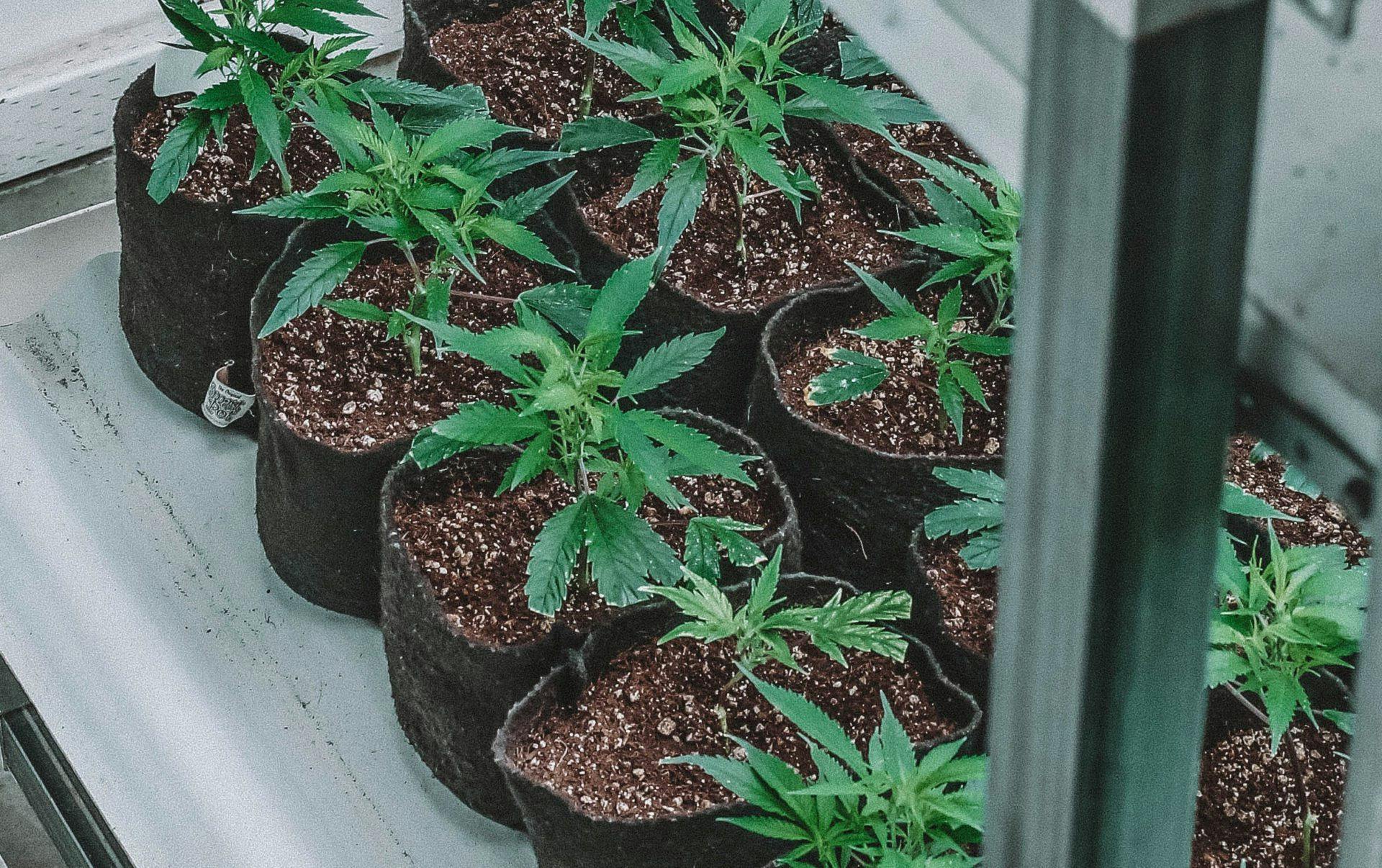What Is Cannabis Ruderalis?

Article written by

Shanti RyleContent Writer
Content reviewed by

Dr. Lewis JasseyMedical Director - Pediatric Medicine
Cannabis ruderalis is often considered a third subspecies of the cannabis plant – alongside Cannabis sativa and Cannabis indica varieties – with distinct physical and phytochemical properties. These plants originated in Central Asia and Eastern Europe and still grow wild in these regions. Ruderalis plants are auto-flowering, which means they flower as a result of time rather than a change in the amount of available light. Some botanists consider Cannabis ruderalis a species in its own right rather than a subspecies of Cannabis sativa.
Ruderalis is typically more CBD dominant, with less than 3% THC content, and is much easier to grow than other types of cannabis.
Get your medical marijuana card
Connect with a licensed physician online in minutes.
What Is Cannabis Ruderalis?
Ruderalis is less well-known than its indica and sativa counterparts because it’s most commonly used as a breeders’ tool to create auto-flowering strains. However, there’s much more to ruderalis than meets the eye.
The Cannabis ruderalis subspecies of cannabis plants was first identified in 1924 by Russian botanist Dmitrij Janischewsky. Its name comes from the Latin word for rubble, as ruderal strains are usually thought of as weeds and are the first to grow on disturbed land or in extreme environments. Janischewsky classified the new subspecies by the unique traits in its flowering cycle: buds developed automatically between 20 and 40 days following sprouting instead of being triggered by changes in available sunlight.
Ruderalis plants look different from other cannabis species, although there are many similarities in appearance. Sativa and indica plants have nine- and seven-point leaves, while ruderalis leaves have three main points and two tiny ones. The plants grow no more than 2 feet tall and produce compact, thick stems with few flowers.
The cannabinoid content of ruderalis also sets it apart from indica and sativa plants. Ruderalis typically features low levels of THC and more CBD, though the terpenes and other cannabinoids involved have a more considerable say in its potential psychoactivity.
True to their namesake, ruderalis plants are hardy and resistant to most pests and diseases. These traits and its auto-flowering ability make it a desirable component in breeding resilient, auto-flowering versions of popular cannabis cultivars.
Download Free Guide to THC
How Cannabis Ruderalis Is Created
Cannabis ruderalis originated in Central Asia, with genetic similarities to the cannabis sativa in the same region. Scientists are still debating whether ruderalis is a feral subtype of sativa, or a third subspecies with similar geographic origins to sativa.
From a botany perspective, most growers consider Cannabis ruderalis somewhere between sativa and indica strains. It’s bred selectively with desirable strains to create auto-flowering versions, which are much easier to grow and more resistant to pests and disease.
Potential Health Benefits and Uses
Ruderalis strains contain more CBD and less THC, making it an attractive option for growers seeking to cultivate CBD-specific medical marijuana plants. The cannabis subspecies also offer a predictable growing schedule, making it easy for home growers to cultivate cannabis with little fuss. Those looking to grow outdoors discreetly may also be well-served by a cultivar that includes ruderalis.
Download Our 7 Page Guide to Growing Cannabis
Potential Risks and Side Effects
Because ruderalis has less THC than indica or sativa subspecies, individuals seeking high amounts of medicinal THC may want to look elsewhere. Some auto-flowering strains may come from questionable growing environments and contain metals, diseases, or other materials that may have throttled less-resilient plants.
Otherwise, there is little risk associated with consuming Cannabis ruderalis that differs from the dangers of other cannabis types.
Get Your Medical Card
Connect with a licensed physician online in minutes.
Frequently Asked Questions
Is ruderalis legal?
Ruderalis is a cannabis subspecies and is regulated as such. The plant is legal where cannabis is medically or recreationally legalized and otherwise illegal where it is not. Though not necessarily high in THC, Cannabis ruderalis may still contain more CBD than hemp.
What is Cannabis ruderalis good for?
For consumers, cannabis ruderalis is a high-CBD variety of marijuana, making it a favored choice for those seeking the medicinal benefits of the cannabinoid. For growers, ruderalis features a consistent grow schedule and pest-resistant hardiness, making it a valuable commodity in breeding and cultivation. Cannabis ruderalis also grows much shorter than Cannabis sativa and is ideal for discreet grows or those seeking a way to grow a haze varietal in a smaller space.
What are ruderalis strains?
Ruderalis strains are typically hybrids of popular cannabis strains that have been crossed with a ruderalis plant to inherit its fast-growing, auto-flowering, and hardy genetics. Although this may decrease THC levels slightly in some (but not all) cultivars, it may also increase the plant’s CBD. Examples of ruderalis strains include Amnesia Haze Automatic, White Widow Automatic, and Northern Lights Automatic.



